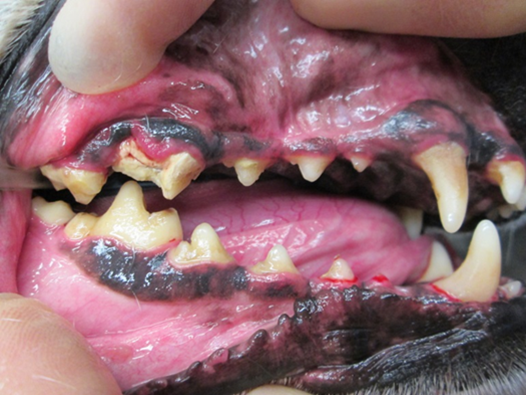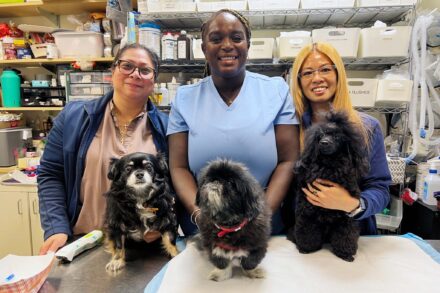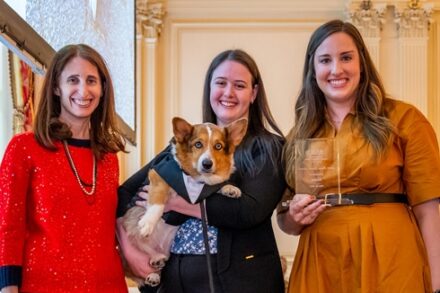Dental Don’ts in Celebration of National Pet Dental Month

Dental Don’ts in Celebration of National Pet Dental Month
During a routine examination of your pet, your veterinarian will look in the mouth to assess his pearly whites. During National Pet Dental Month (every February), veterinarians and pet owners alike should remember to focus just a little bit more on healthy teeth. This concern for animal dental health is nothing new. In a recent article from the Proceedings of the National Academy of Sciences, archeologists from the Max Planck Institute have found evidence of equine dentistry in Mongolia as early as 1150 BCE.
To help you celebrate National Pet Dental Month using the most up to date veterinary oral hygiene recommendations, this blog post points out some common pet dental mistakes to avoid.
Don’t use human toothpaste
Fluoride-containing toothpaste has helped to revolutionize dental care in humans. But there is something drastically different about pets when it comes to toothbrushing: spitting. Dogs and cats don’t spit. This means toothpaste gets swallowed when you brush your pet’s teeth. Chronic ingestion of toothpaste can result in fluoride accumulating in your pet’s body, which can be toxic. Some toothpastes contain xylitol, an artificial sweeter. Dogs are exquisitely sensitive to xylitol and just a little bit can cause dangerously low blood sugar and liver damage. Way better to use the meat flavored toothpaste from your veterinarian’s office or get some nice dental wipes at your local pet emporium. Not sure how to brush your pet’s teeth? Watch our video featuring AMC board certified dentists.
Don’t chose anesthesia-free dental cleaning
The Animal Medical Center board certified dentists administer general anesthesia to all pets undergoing a dental cleaning. During this procedure they can clean both the cheek side and the tongue side of the teeth as well as beneath the gumline to prevent periodontal disease.
Anesthesia-free cleaning is currently in vogue in pet dental care. However, even the most well-trained pet will not tolerate dental instruments in their mouth and under the gums. Anesthesia-free dental cleanings just can’t provide the level of care your dog or cat deserves.
The American Veterinary Dental College has a policy statement on anesthesia-free dentistry in companion animals.
Avoid a nasty slab fracture of your dog’s tooth
The photo above shows a slab fracture (circled in red) of a canine premolar. This type of tooth injury is common and completely preventable. Dog’s given the opportunity to chew on bones, hooves, antlers, nylon dog chews and similar objects tend to crunch down on these hard, inflexible objects, cracking off half of their premolar. If the central pulp of the tooth is exposed, an infection can easily develop. AMC’s dentists either must repair or extract these fractured teeth.
By avoiding these dental don’ts, you will accomplish a major dental do – better oral health for your favorite fur person.






























